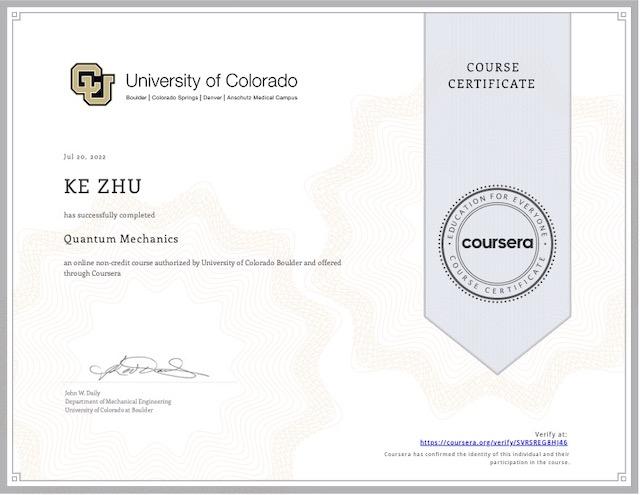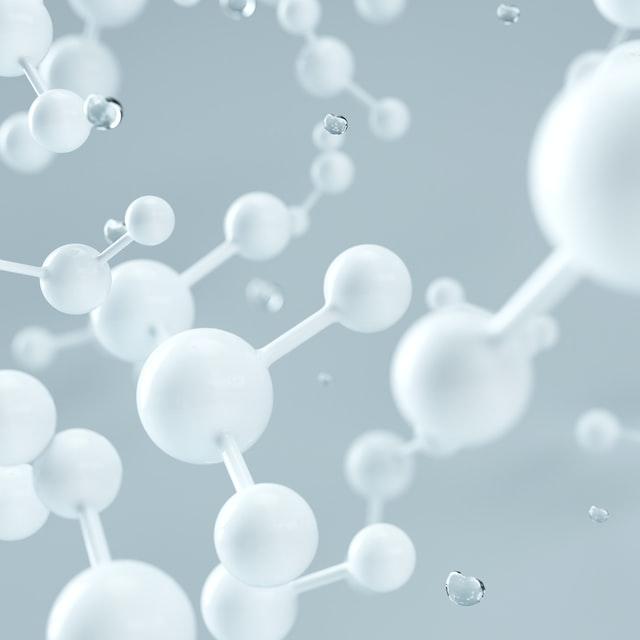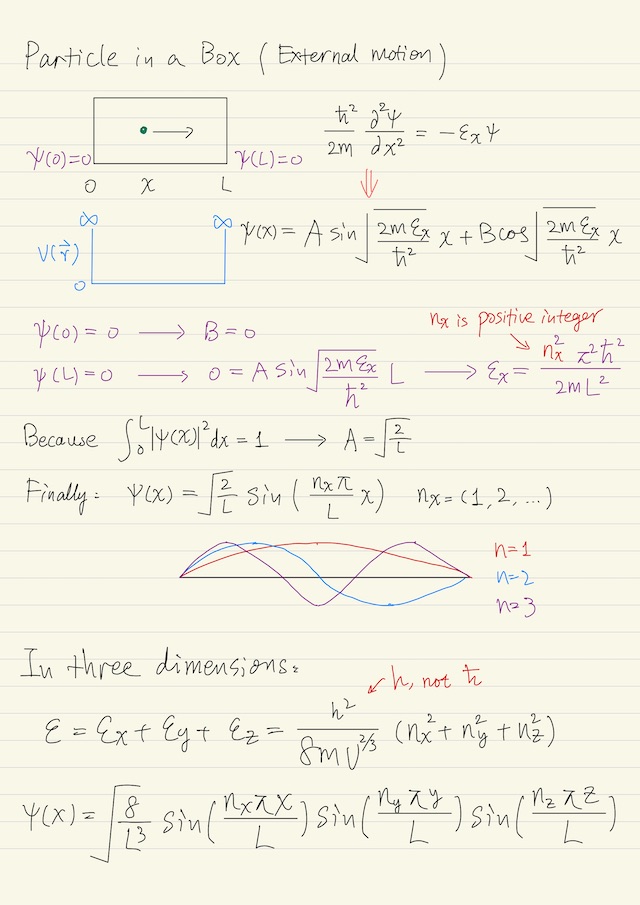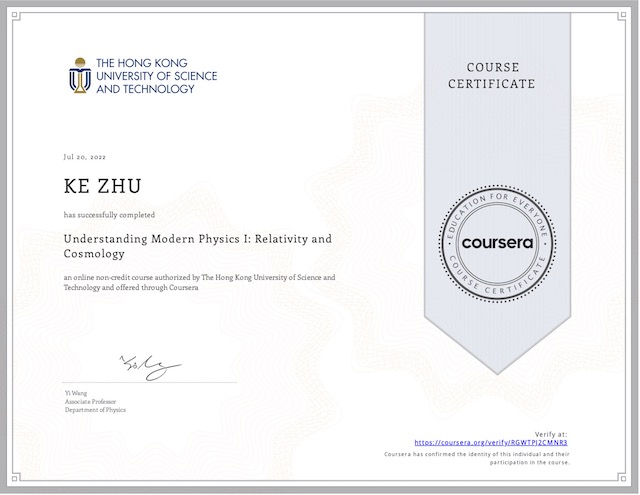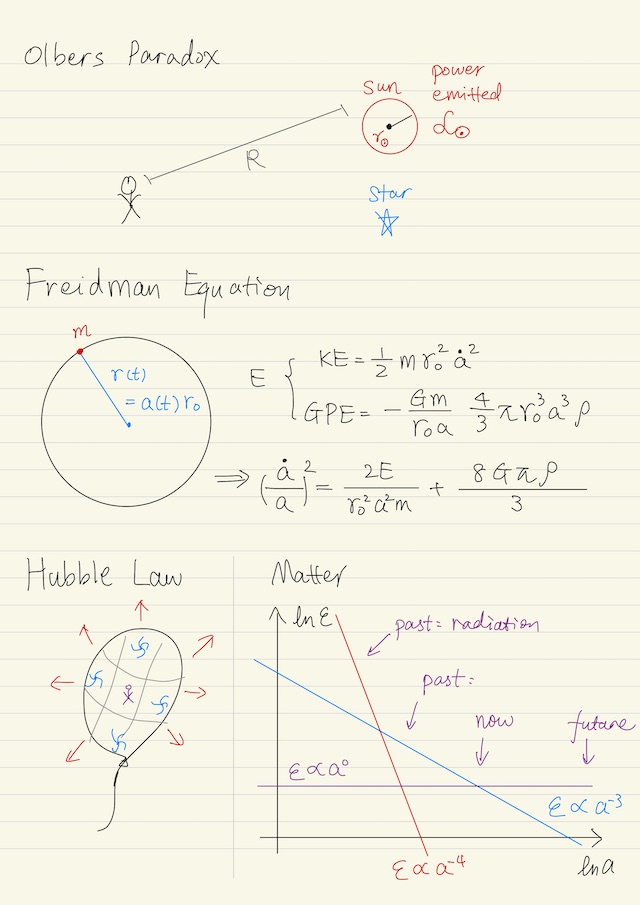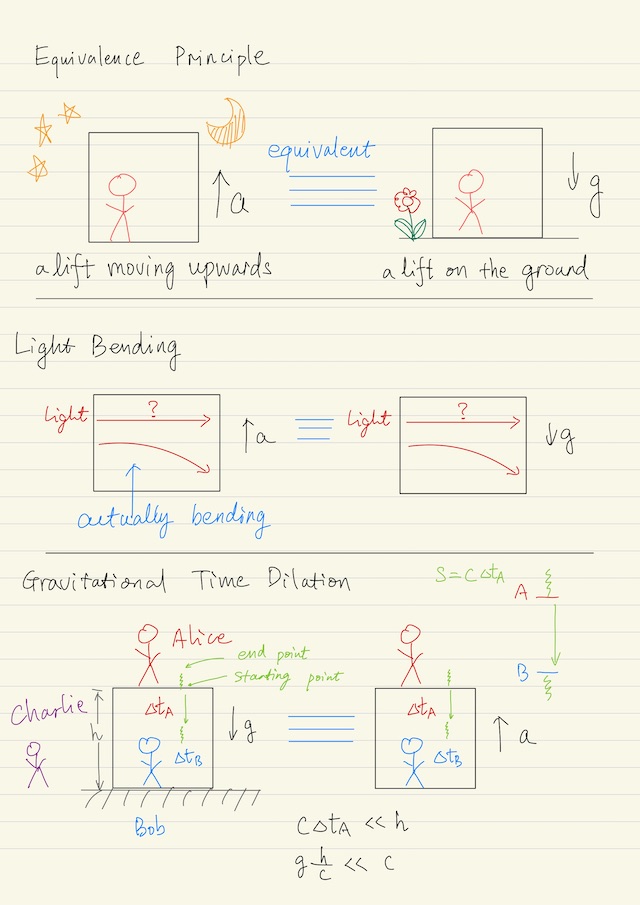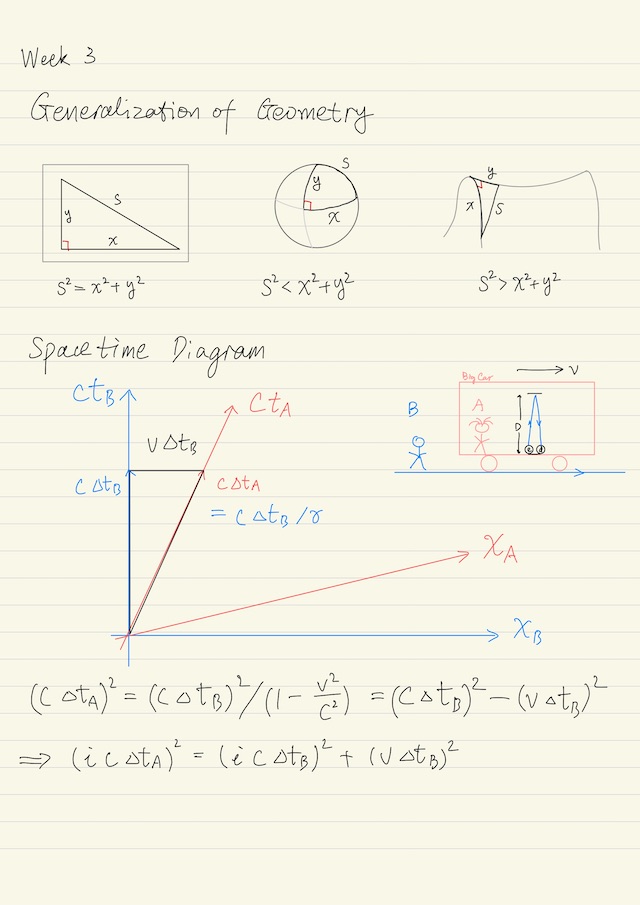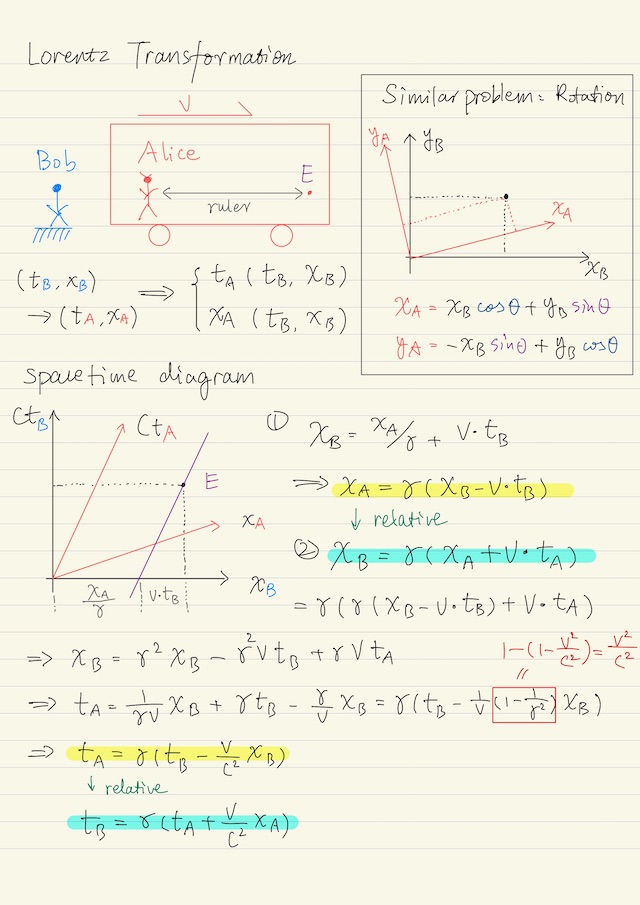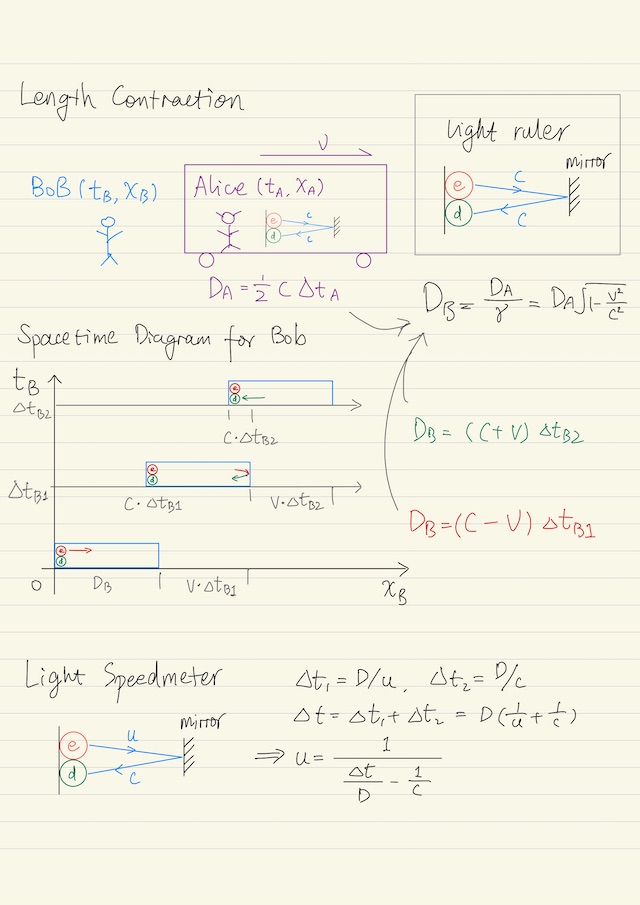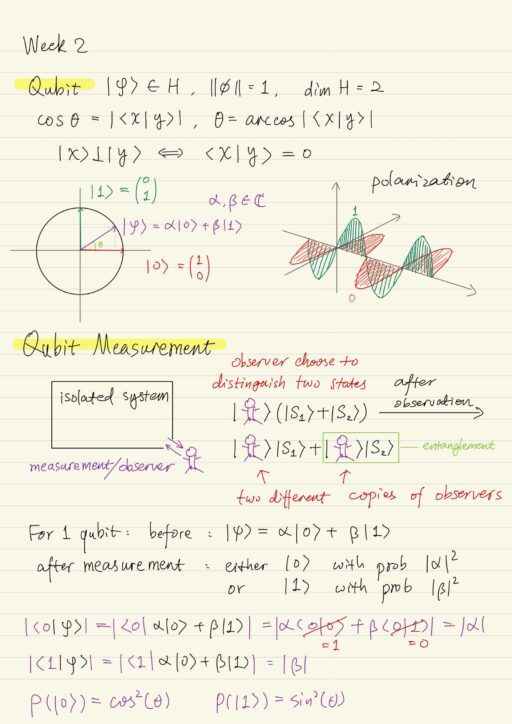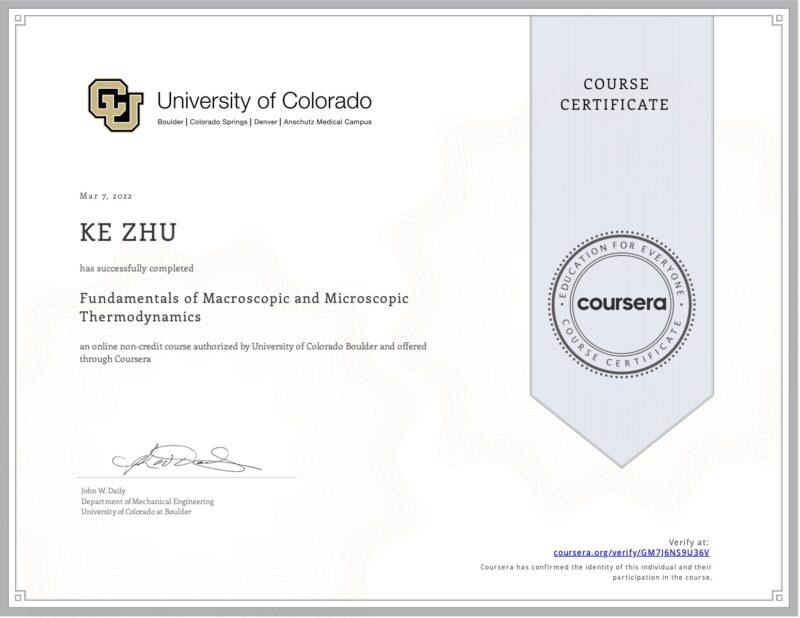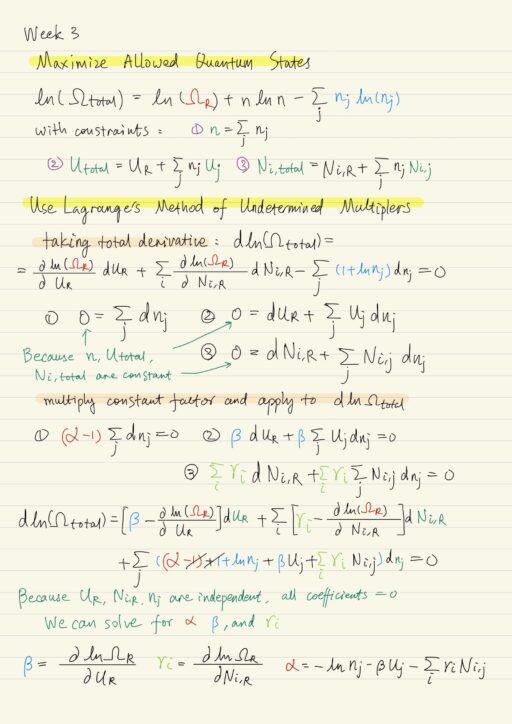Quantum MechanicsUniversity of Colorado Boulder If you’re with mechanical or aerospace engineering backgrounds and looking for a course that presents an introduction to quantum mechanics, this course is right for you. The course covers the most fundamental concepts and plenty of stuff. I have to say the pace of this course is fast, you need…
Category: Physics
Real Atoms and Molecules
Unfortunately, real atoms (including hydrogen atoms) are not very well described by the simple theory. There are more things contribute to the actual atomic structure: Higher order effects Spin-orbit coupling Relativistic Nuclear spin Zeman Identity particles, that leads to the Pauli exclusion principle. Multiple electrons, the electromagnetic fields associated with the electrons can interact. Spin-Orbit…
Hydrogenic Atom and Diatomic Molecule
External Motion Particle in a box is the simplest problem in quantum mechanics. A particle is just translating back and forth between the walls of the box. If there is no external field acting on the particle, i.e. no force acting on the particle except at the walls, then you can decompose the problem into…
Introduction to Quantum Mechanics
Quantum mechanics is the mathematics of atomic and molecular structure. We seek to determine allowed quantum states and their energies. A Short History A definite understanding that atoms are composed of separate particles (nuclei and electrons) did not really occur till toward the end of the 19th century. The development of quantum mechanics is strongly…
My #100 course certificate from Coursera
Understanding Modern Physics I: Relativity and CosmologyThe Hong Kong University of Science and Technology I am thrilled to share my 100th course certificate. My journey to Coursera started in 2017, it has been 5 years since I got my first certificate. For this 100th certificate, I deliberately chose this course “Understanding Modern Physics”. I would…
Cosmology
Cosmology is the science of studying our universe. Being different from astronomy, which corresponds to studying some particular objects in our universe, for example, the black holes, neutron stars, etc. Cosmology is to study the universe as a whole object and study the universe itself: An interesting observation is at night the sky is dark,…
General Relativity: Gravity and Black Holes
Previously, in special relativity, we have found that the concepts of space and time are relative. When you are moving, you will find space and time are different compared to others. However, when you are not moving, gravity will also bring us new understanding about space and time. The Earth gravity is so weak that…
Special Relativity: Geometry, Momentum and Energy
In 3-dimensional space, when we are looking at an object, what we see depends on the angle, the object is still the same object. Actually, the geometry of special relativity is nothing more than looking at a four-dimensional space-time object at different angles. We are actually looking at the relation of events at different angles,…
Lorentz Transformation
Lorentz transformation is the central question in the mathematical structure of special relativity. Simply put, given the coordinate of the event in one frame, say Bob’s frame, (tB,xB), calculate the coordinate in another frame, say Alice’s frame (tA,xA). Let us first examine a similar problem, which is the rotation of the space directions. In the…
Special Relativity: Length and Simultaneity
The concept of “length” and “the same time” have to be reconsidered in special relativity. Light Ruler and Length Contraction In the example of the explosion of a grenade, it takes time ∆t from triggering to exploding. If it is triggered and immediately thrown with speed v, how long the grenade travels depends on your…
My #88 course certificate from Coursera
The Introduction to Quantum ComputingSaint Petersburg State University This wonderful, challenging and inspiring course covers lots of topics. You will find that in the path of becoming a quantum computing expert, not only quantum mechanics is required, but also the knowledge of thermodynamics, computer science, optics and many more are needed. The course starts with…
Deutsch’s Problem and DIY a Quantum Computer
The first algorithm ever designed for a quantum computer, is the algorithm for solving Deutsch’s problem. The algorithm is an illustration for the mathematical model of quantum computing. Deutsch’s Problem Deutsch’s problem is about the function which maps one bit to another bit, i.e. f:{0,1} → {0,1}. There are only 4 types such functions: f(x)…
Mathematical Model of Quantum Computing
The mathematical model of quantum computing allows us to understand and design quantum algorithms without any background in quantum mechanics or physical implementation of quantum hardware. The most significant part of the whole theory of quantum computing is qubit, i.e. quantum bit, which is the minimum unit of quantum information. One qubit information can be…
My #86 course certificate from Coursera
Fundamentals of Macroscopic and Microscopic ThermodynamicsUniversity of Colorado Boulder This is is course about physics. But why do you, as an IT practitioner, need to learn thermodynamics? If the notion of information still seems intangible, unreal, and ephemeral. This course probably will be the winds to howl, blowing away the spooky fog, because energy is…
Statistical Thermodynamics
Role of Statistics Statistics is the study of systems that exhibit variability. Because macroscopic systems are composed of atoms and molecules that are in constant motion, what we see at the macroscopic level are averages of that variability. Suppose we knew the kinetic energy of every molecule in a volume, then the average kinetic energy…
